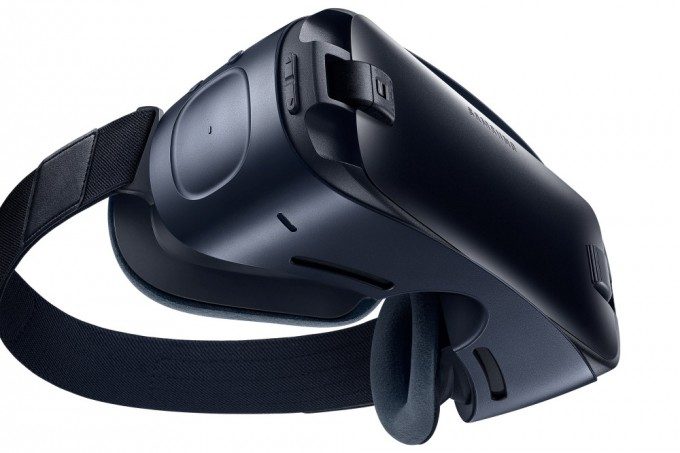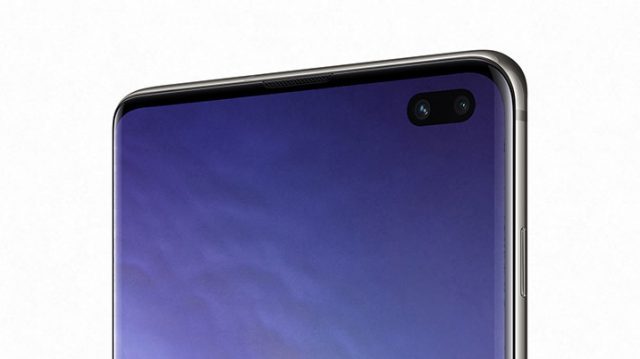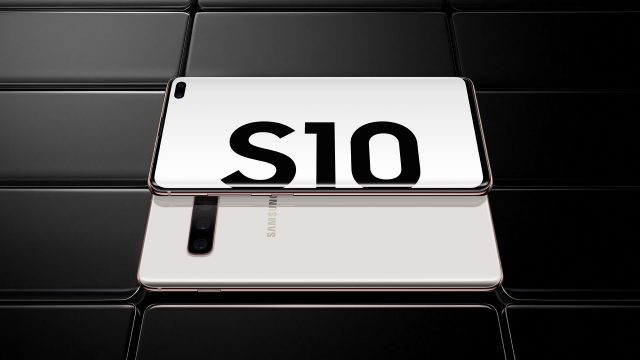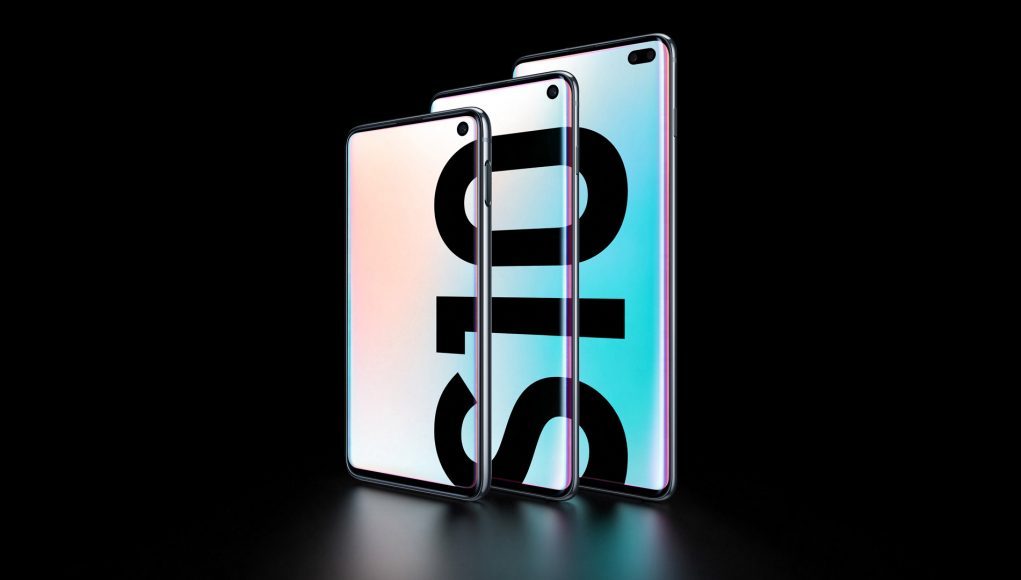Samsung today announced its latest and greatest flagship phone lineup, the Galaxy S10, S10+, S10e, and S10 5G. The company has confirmed that all variants of the S10 are compatible with the latest Gear VR headset.
Gear VR, a snap-in smartphone headset, was released initially way back in 2014, but Samsung is continuing to support the product line which has seen several iterations over the years, each offering support for the company’s newer Galaxy phones. The latest version of the headset (SM-R324NZAAXAR), which supports an impressive 14 different Samsung smartphone models, now also supports the four new members of the Galaxy family.
Gear VR runs Oculus’ mobile platform software, and for the most part has an identical content library to Oculus’ own Go headset.
 Samsung announced the Galaxy S10 lineup today with what the company calls a “dynamic AMOLED display” which is certified for displaying high dynamic range content in the HDR10+ format, offering a greater range of brightness levels for richer, more realistic looking content.
Samsung announced the Galaxy S10 lineup today with what the company calls a “dynamic AMOLED display” which is certified for displaying high dynamic range content in the HDR10+ format, offering a greater range of brightness levels for richer, more realistic looking content.
At present, there’s no talk of the S10’s HDR capabilities coming to VR content via Gear VR, but the possibilities do seem intriguing, especially for ‘virtual personal theater’ use-cases.
The S10, S10+ and S10 5G all share the same WQHD+ resolution (3,040 × 1,440) but have varying screen sizes (6.1, 6.4, and 6.7 inches) which means a slightly different PPI of 550, 522, and 505, respectively. The S10e, which is billed as the more compact and affordable variant in the lineup, uses a lower resolution 2,280 × 1,080 display.
Because Gear VR was originally designed for phones with a 16:9 aspect ratio, some of the extra screen width on newer Galaxy phones like the S10 doesn’t get used in VR mode, meaning the S10 series will effectively use the same 1,280 × 1,440 per-eye resolution as older Galaxy phones when used in Gear VR (which is on par with Oculus Go). With the smaller S10e, it isn’t clear exactly how much of its display will be useable by Gear VR, but it could only be up to 1,140 × 1,080 per eye considering its lower resolution display (which would put its resolution in line with the Oculus Rift).

In addition to adding a cut-out right in the display for the front-facing camera, Samsung also managed to embed a hidden fingerprint scanner directly under the display, moving it invisibly from the back of the phone to the front (the S10e is again the odd one out here with its fingerprint scanner located on the lock button).
For the S10 lineup the company is also touting advanced cameras which now include three individual camera sensors on the back of the S10 and S10+ (12MP telephoto, 12MP wide-angle, and 16MP ultra-wide), and four on the S10 5G (which adds a 3D depth camera). The S10e is equipped with the wide-angle and ultra-wide angle cameras only.

Apart from the others, the aptly named S10 5G is Samsung’s first smartphone equipped with 5G connectivity, the next-generation data technology which carriers and smartphone makers say will offer a leap in bandwidth and latency.
The intersection of 5G and VR has been much discussed at a hypothetical level; big bandwidth could drastically improve the experience of streaming video content to VR headsets, especially in the case of 360 3D footage which is very often hamstrung by bandwidth constraints. With low enough latency there’s also the potential of rendering high-end VR visuals in the cloud and then streaming them to low-end devices like Gear VR. Solutions for the latter are still very much a work in progress however, and it isn’t likely that S10 5G will have any meaninful impact on Gear VR users in the next 12 months, especially considering that 5G availability from carriers is still in its infancy.

Pre-orders for the S10, S10+, and S10e begin tomorrow, February 21st, and Samsung is including the Galaxy Buds headphones as a pre-order bonus for the S10 and S10+. Pricing starts at $900 for the S10, $1,000 for the S10+, and $750 for the S10e.
In the US, the S10 5G will be available in the first half of 2019, exclusively through Verizon for a limited time, while other carriers will offer the phone “at a later date this summer.”







